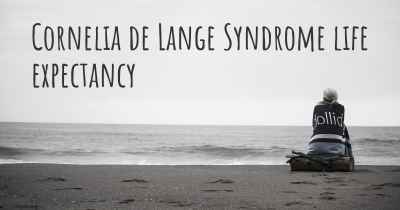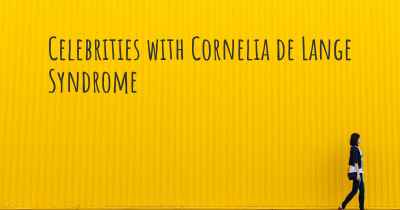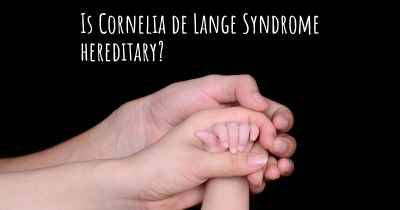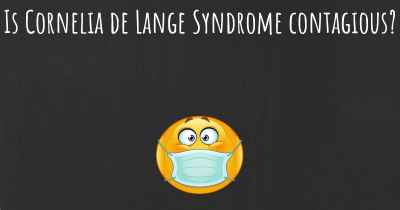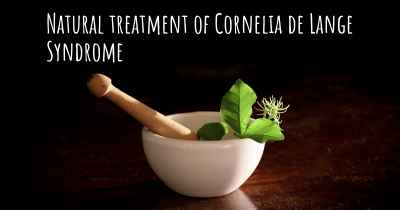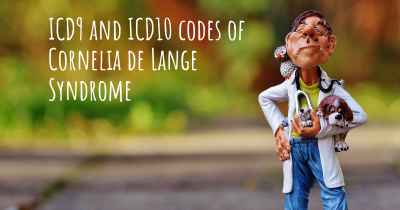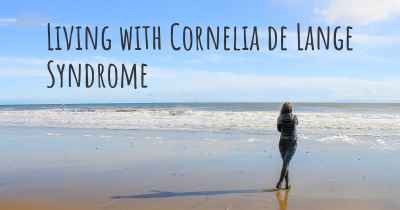Is it easy to find a partner and/or maintain relationship when you have Cornelia de Lange Syndrome?
People with experience in Cornelia de Lange Syndrome give their opinion on whether it is easy or not to have a partner or to maintain a realationship when you are diagnosed of Cornelia de Lange Syndrome. What are the possible difficulties in having a relationship?
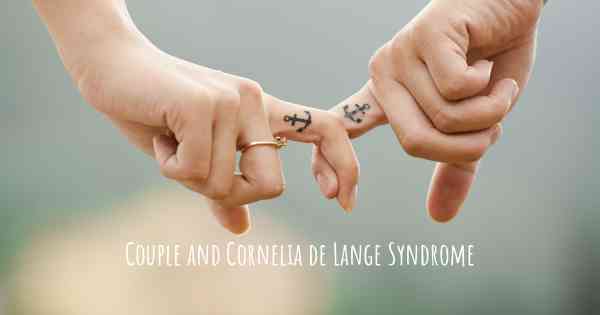
Is it easy to find a partner and/or maintain a relationship when you have Cornelia de Lange Syndrome?
Finding a partner and maintaining a relationship can be challenging for anyone, regardless of their circumstances. When it comes to individuals with Cornelia de Lange Syndrome (CdLS), there may be additional factors to consider that can impact their ability to form and sustain romantic relationships. However, it is important to remember that each person's experience is unique, and while some individuals with CdLS may face certain challenges, others may have successful and fulfilling relationships.
Understanding Cornelia de Lange Syndrome:
Cornelia de Lange Syndrome is a rare genetic disorder that affects various aspects of a person's development. It can cause physical, cognitive, and behavioral challenges, which may vary in severity from person to person. Some common characteristics of CdLS include distinctive facial features, growth delays, intellectual disabilities, and difficulties with communication and social interaction.
Challenges in finding a partner:
Individuals with CdLS may face certain challenges when it comes to finding a partner. The physical and cognitive impairments associated with the syndrome can make it harder to meet new people and establish connections. Communication difficulties may also pose challenges in expressing one's feelings and intentions, which can be crucial in the early stages of a relationship.
Moreover, the rarity of CdLS means that potential partners may have limited knowledge or understanding of the syndrome. This lack of awareness can lead to misconceptions or prejudices, making it more difficult for individuals with CdLS to find someone who accepts and understands them fully.
Support and understanding:
Despite these challenges, it is important to note that finding a partner is not impossible for individuals with CdLS. With the right support and understanding, meaningful relationships can be formed. Supportive family members, friends, and caregivers can play a crucial role in facilitating social interactions and providing guidance.
Building self-confidence:
Developing self-confidence is essential for anyone seeking a romantic relationship, and it is no different for individuals with CdLS. Encouraging independence, fostering self-esteem, and providing opportunities for socialization can help individuals with CdLS build the necessary skills and confidence to pursue and maintain relationships.
Education and awareness:
Increasing awareness and understanding of CdLS within the community can also contribute to a more inclusive and accepting society. Educating others about the syndrome, its challenges, and the abilities of individuals with CdLS can help break down barriers and reduce stigma. This, in turn, may create a more supportive environment for individuals with CdLS to form and maintain relationships.
Adapting to individual needs:
Each person with CdLS is unique, and it is important to recognize and adapt to their individual needs and abilities. Some individuals may require additional support or accommodations in their relationships, such as assistive communication devices or modified social activities. By understanding and accommodating these needs, partners can create a more inclusive and fulfilling relationship.
Conclusion:
While finding a partner and maintaining a relationship may present certain challenges for individuals with Cornelia de Lange Syndrome, it is important to approach the topic with empathy, understanding, and an open mind. With the right support, education, and awareness, individuals with CdLS can form meaningful and fulfilling relationships, just like anyone else.
